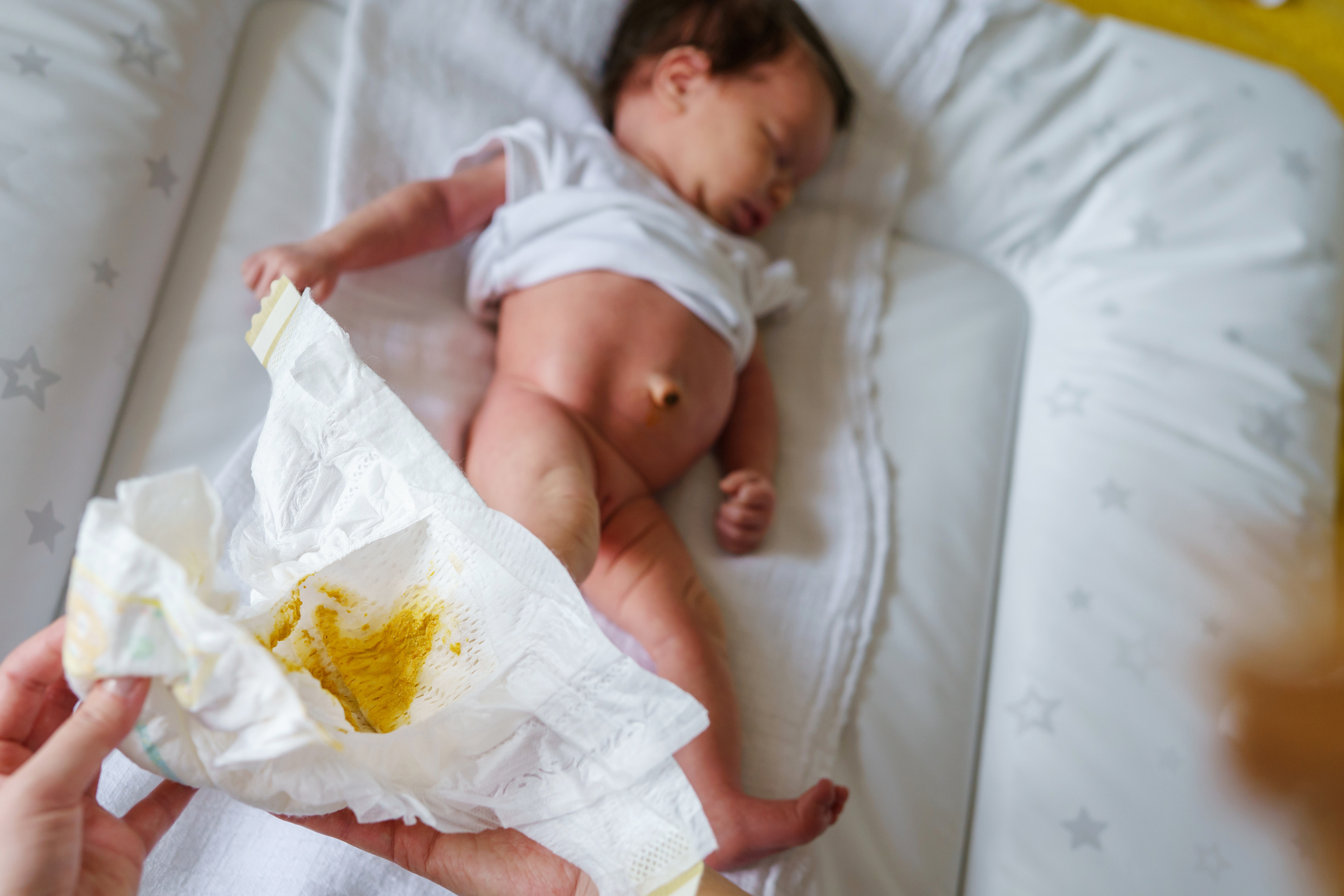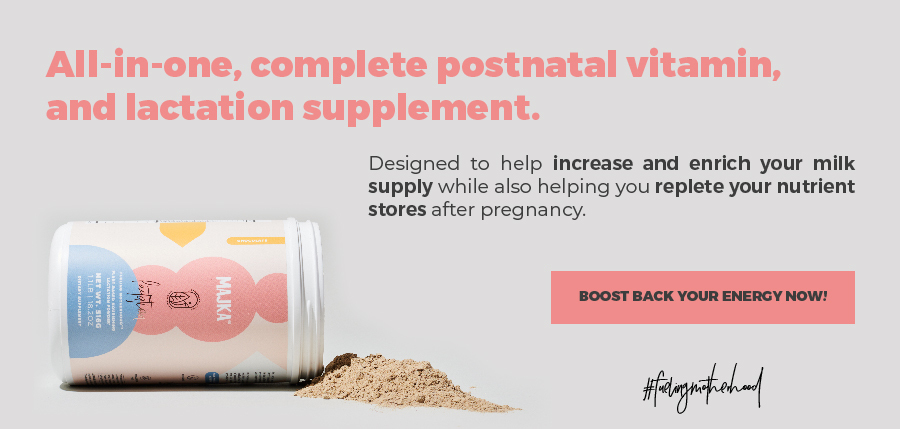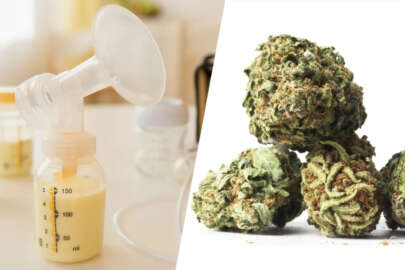
When you have a baby, you want to make sure that everything is going the right way, especially if you are a new mom and all that is presented is new to you; one of the many things that you are going to pay attention to is your baby’s poop.
In Breastfeeding 101, we want you to be confident and have all the information you need in the journey of being a mom. In this article we are gonna tell you what´s normal and what isn’t about your baby’s poop, so you know what you may expect from it; why it looks some way or what changes you can make in case it’s needed.
First poop
When your baby is born, the first poop (or the ones during the first 48 hours) contains the materials swallowed in the utero such as: amniotic fluid, intestinal epithelial cells, lanugo, mucus, bile and water, which makes the poop very sticky and may have a black color; this is completely normal. This type of baby poop is known as meconium.
*If after a few days, meconium is still black, it’s important to let your doctor know.

Day 1 and 2: your baby will have a Black and tarry poop.

Breastfeeding poop
When your baby begins digesting your breast milk, meconium is replaced with greenish and softer poop (day 3 and 4). By day 5 your baby’s poop will be yellow and seedy.

Foamy poop
If you find that your baby’s poop is frothy or foamy this could mean that there is an overload of lactose (a sugar found in breast milk).

Formula poop
This is a slightly more firm poop than breastfed babies and less than babies eating solid food, but not firmer than peanut butter; the consistency is similar to hummus. This poop is on the brown color spectrum: tanbrown, yellow-brown or green-brown.

Solids poop
When you start feeding your baby with solid food it is normal that you see changes in the pooping area almost instantly (especially if your baby was breastfed); it may contain a wide variety of colors; solid-food poop tends to be brown or dark brown, thicker t\han peanut butter but still mushy; it is smellier than it was before.
*If you have any concerns about the color or consistency it is important that you reach your healthcare provider.
Gassy baby
If your baby is passing gas, don’t worry, this is normal, especially when is a newborn and the digestive system is still maturing. Some babies are gassy because they have food allergies, sensitivities, lactose intolerance or they eat too fast.
Signs that may indicate that your baby is gassy: spitting up, crying, drawing legs up, and a reduced appetite.
How often should my baby poop?
Not all babies have the same patterns when it comes to pooping. If you are breastfeeding your baby, you can expect to change diapers at least 3 times a day for the first 6 weeks, some breastfed babies even poop 4 to 12 per day. It is also normal if your baby poops after each meal.
If your newborn is pooping less than this, it will be important to check if he/she is gaining enough weight and assess his/her overall comfort level, if this isn’t happening it’s important to reach your healthcare provider to get proper help.
After the first 6 weeks of your baby’s life, it is normal if he/her is pooping less frequently, some babies poop only once a day; if your baby is eating, gaining weight and seems happy then there is nothing to worry about, but remember that you can always call your doctor to make sure that everything is working out fine.
Poop complications

Poop with partially digested food:
This poop comes with chunks of food or could have a hue of the rainbow, like red, orange or dark blue depending on the ingested solids. This could happen when certain foods are only partially digestible or they travel so quickly through your baby’s intestines that they don’t break down completely; or when your baby doesn’t chew completely before swallowing. This could be normal in infants but it’s important to be aware if this happens consistently.

Diarrhea:
When your baby has diarrhea, the poop is usually very runny and appears with more water than solids. It can be yellow, green, or brown and may seep out of the diaper. It can be a sign of an infection or allergy; it is important to treat it to avoid dehydration. It is a matter of concern if the diarrhea contains visible blood or mucus.

Constipation:
The poop is hard and will look like little pebbles. Your baby may look uncomfortable when pooping and it’s possible to find blood from an irritating anus. This happens often when babies are being introduced to solid food or it could be a sign of milk or soy protein sensitivity or a lack of tolerance to something in the breast milk or formula.

Poop with mucus:
If you see mucus (greenish poop streak with shiny) it can be a sign of an infection or allergy.

Bloody poop:
Sometimes the blood is bright red, and sometimes it’s black (often when the baby swallows blood from the mom’s cracked nipples). It can show up when there is a sign of a milk protein allergy or a tiny hemorrhoid if there is constipation; diarrhea mixed with red blood can indicate a bacterial infection.
Calling the doctor
First of all we want to tell you that it’s ok that whenever you have a doubt or you are not comfortable with a situation there is nothing wrong with calling a professional, that’s what they are there for.
Even so, we understand that you want to have all the information concerning the health of your baby. Here we share with you some moments when you should let your doctor know.
You should call the doctor when the your baby’s poop is:
- Still black several days after birth
- Looking red or bloody
- White (which could represent liver disease and/or nutrient malabsorption)
- Suddenly more frequent and unusually watery
- Less frequent than what is normal for your baby
- Consistently hard, dry and difficult to pass
- Diarrhea to avoid dehydration
*If the poop is black, white, clay colored or has blood or mucus, you need to let your pediatrician know.
In Breastfeeding 101 we are happy to share with you all the information needed to feel secure and relax while taking care of your baby, we invite you to follow all our content to keep up with more information regarding motherhood. If you want to dig a little deeper on the subject of your baby’s poop, we share with you more sources that made this article possible:
Dietary treatment of colic caused by excess gas in infants: Biochemical evidence I National Library of Medicine
Importance of Stool Examination in Babies I Research Gate
I’m breastfeeding my newborn and my baby’s bowel movements are yellow and mushy. Is this normal for baby poop? I Mayo Clinic
Stools – Unusual Color I Seattles Children’s hospital
The Color of Baby Poop and What It Means I Cleveland Clinic
The Composition of Human Milk and Infant Fecal Microbiota Over the First Three
Months of Life: A Pilot Study I National Library of Medicine
The stools in infancy I Montage Marzels
What causes foamy bowel movements? I MedicalNewsToday
What ‘s Normal? Microbiomes in Human Milk and Infant Feces Are Related to Each Other but Vary Geographically: The INSPIRE Study I National Library of Medicine
Why is my kid’s poop green? I MedicalNewsToday
Annie Rueb






